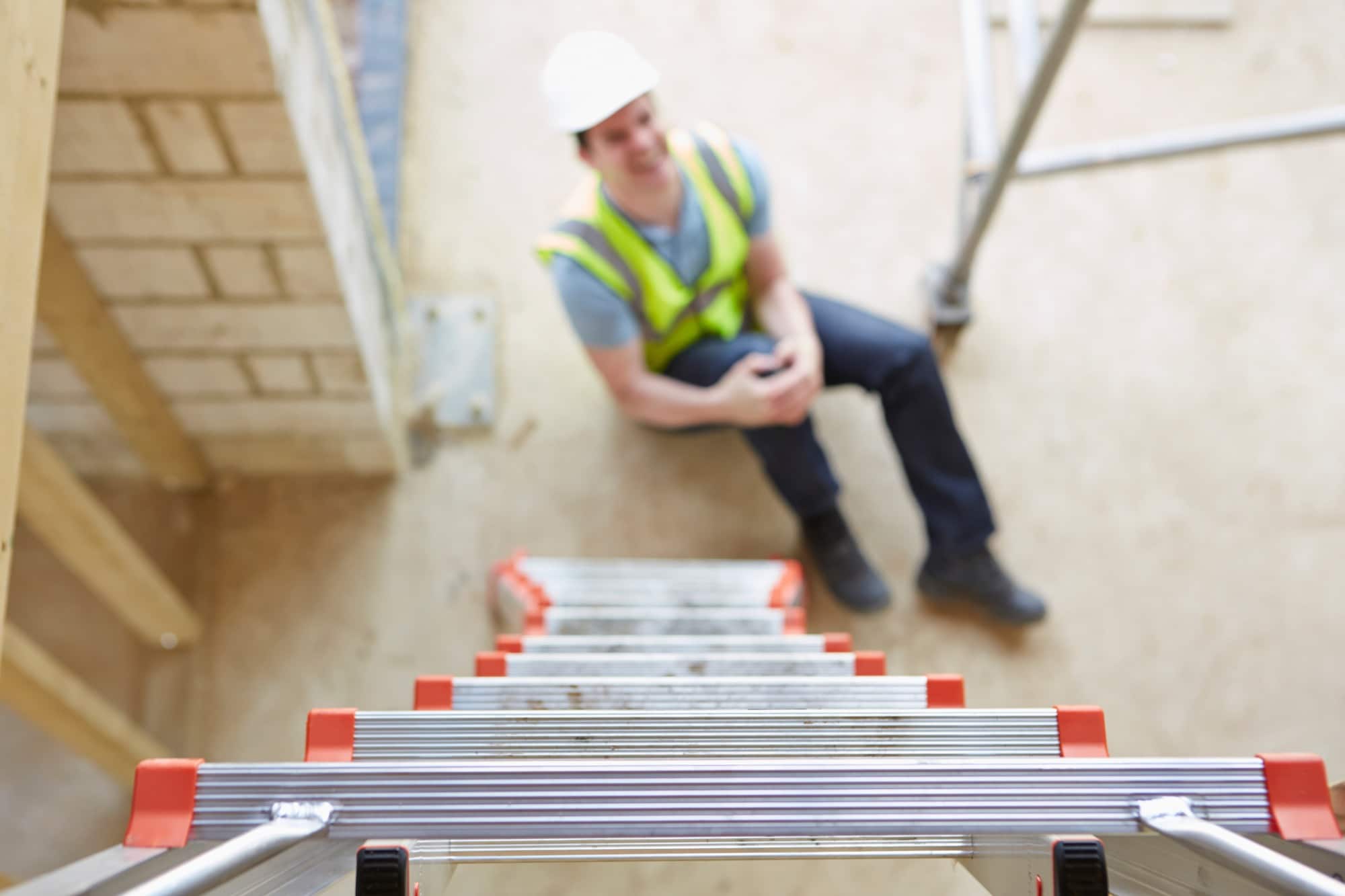Imagine it’s your first day as an Environmental Health and Safety specialist. You are being asked to do a risk assessment.
What do you do? Where would you even begin?
Risk Assessment
You must first understand the hazards in your workplace. Talk to the front-line workers and make connections. They will be your greatest resource in understanding the safety issues that need to be addressed.
Follow the RACE Methodology:
- Recognize
- Assess
- Control
- Evaluate
Step 1 – Recognizing the Hazard
Recognizing that a health hazard exists in your workplace is the first step in risk assessment. You must identify agents and workplace conditions that can cause worker injury or illness.
To identify workplace hazards, do the following:
- Watch the work as it is being done
- Participate in workplace inspections
- Examine workplace reports and records
- Refer to WSIB and MOL reports
Step 2: Assessing the Hazard
Assessing hazards involves looking at what could harm workers at a workplace.
Ask yourself – “How likely is it that a worker will get hurt by the hazard?”
Determining the hazard’s severity helps you understand its urgency level. Based on this information, you can design a schedule for implementing short- and long-term controls.
In the event of an urgent high-risk hazard, you should implement short-term solutions until a permanent solution is found.
One way of assessing hazards is to rate each hazard based on frequency and severity. See the example below.
|
Risk Matrix |
||||||
|
0 to 5 = Low Risk |
6 to 10 = Moderate Risk |
Consequences |
||||
|
11 to 15 = High Risk |
16 to 25 = Intolerable |
Negligible (1) |
Minor (2) |
Moderate (3) |
Major (4) |
Catastrophic (5) |
|
Likelihood |
Frequent (5) |
5 |
10 |
15 |
20 |
25 |
|
Likely (4) |
4 |
8 |
12 |
16 |
20 |
|
|
Possible (3) |
3 |
6 |
9 |
12 |
15 |
|
|
Unlikely (2) |
2 |
4 |
6 |
8 |
10 |
|
|
Rare (1) |
1 |
2 |
3 |
4 |
5 |
|
Step 3: Controlling Safety Hazards
When hazard assessments reveal that it is likely to harm a worker, measures must be implemented to decrease or eliminate its risk.
Another way of controlling a safety hazard is using safe work procedures. There should be written procedures for every task. This way, every worker can be given a standard set of instructions on avoiding exposure to hazards.
The control step must fulfill four criteria:
- Eliminate/reduce the hazard
- Protect all who would be exposed to the hazard
- Prevent new hazards from occurring
- Prevent any environmental hazards
Refer to the hierarchy of controls when deciding which controls to use.
Step 4: Evaluate the Hazard Controls
It’s critical to assess the controls since you need to know how successful they are at eliminating or minimizing hazards. Hazard controls need to be evaluated long before they are implemented. A few ways to evaluate them are:
- Interviewing workers affected by the control
- Monitoring air quality, production values and quality control
- Observations of safe work procedures
- Reviewing accident and incident reports
Performing risk assessments is a skill developed over time from experience, training, knowledge of the OHSA, best practices, regulations, etc. It is not always obvious when health and safety hazards are present, so it is up to you to develop the skills necessary to recognize workplace hazards.
Here is an example of what a typical risk assessment would look like.
|
Risk Assessment Example: |
||||
|
What hazards can harm your workers? |
What is the frequency? 1 – Low 2 – Medium 3 – High |
How severe is the hazard? (Seriousness of injury) 1 – Minor 2 – Moderate 3 – Major |
What controls can be implemented? 1 – Eliminate 2 – Substitute 3 – Engineer 4 – Administrative 5 – PPE |
Date of Action to be Taken: MM/DD/YY __/__/__ |
|
Ladders |
2 |
3 |
1: Eliminate by conducting work on the ground (if possible) 2: Substitute by using an elevated work platform such as a scissor lift or boom lift 3: Engineer by redesigning work activities for less use of ladders 4: Conduct safe ladder use training 5: PPE such as a harness and tie-off, non-grip safety shoes, fall protection equipment, tool belt |
01/01/16 |
Remember!
A company-wide risk assessment must be completed at least annually.
Projects at construction sites should be assessed for risk by a supervisor or competent worker every day.


